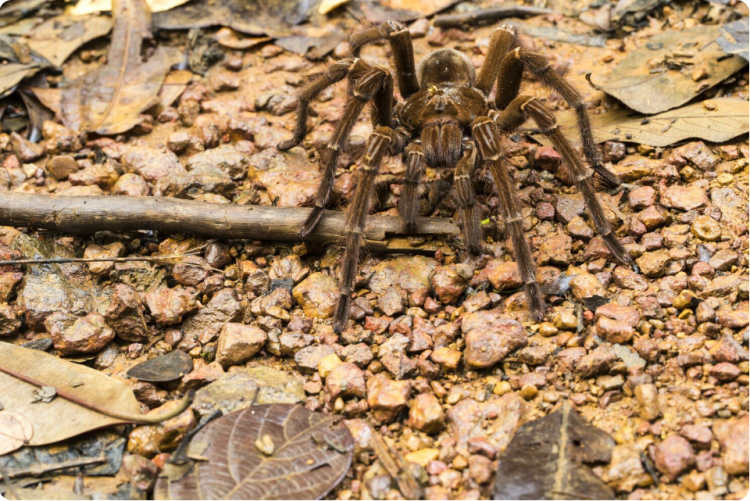Ants are among the most common household pests across the country, and Seattle is no exception. Whether they’re sneaking into your kitchen or building nests around your yard, these tiny invaders can quickly become a nuisance. There are hundreds of ant species in the United States, but here in the Pacific Northwest, a few types tend to show up more often. Learning to identify them can help you understand what attracts them and how to prevent infestations. If you’re noticing signs of ants around your home and want quick professional help, get a quote here to have them inspected and safely removed.
1. Carpenter Ant
Carpenter ants are one of the largest and most destructive species in Washington. These black or reddish-brown ants don’t eat wood, but they chew through it to build their nests, creating smooth tunnels inside beams or walls. Over time, this can cause serious structural damage. Carpenter ants often target damp or decaying wood, so areas like basements, attics, or around leaky windows are common nesting spots. Keeping your home dry and sealing any entry points can help prevent an infestation.
2. Odorous House Ant
If you’ve ever crushed a small brown or black ant and noticed a rotten, coconut-like smell, you’ve likely met the odorous house ant. These ants are tiny, about one-eighth of an inch long, and love sweet foods like sugar, syrup, or fruit. They usually build their nests near moisture, such as under sinks, around leaky pipes, or inside wall voids. Although they don’t sting or bite, they can contaminate food and multiply quickly, which makes early treatment essential.
3. Pavement Ant
True to their name, pavement ants make their homes under sidewalks, driveways, and the cracks in concrete around your property. You’ll often see them marching in trails along foundation walls or inside your kitchen, looking for crumbs. Pavement ants will eat almost anything, including bread, meat, and sweets. To keep them away, regularly sweep up food debris, seal foundation cracks, and make sure there’s no standing water around your home.
4. Moisture Ant
Moisture ants are small yellow to brown ants that love damp environments. They often move into wood that’s been softened by water damage. You might spot piles of dirt or sawdust-like material near baseboards or windowsills, signs that moisture ants are tunneling through. Since they’re drawn to water-damaged areas, fixing plumbing leaks and improving ventilation can go a long way in preventing them.
5. Argentine Ant
Argentine ants are light to dark brown and about one-eighth of an inch long. They’re known for forming massive colonies and traveling in wide trails along trees, walls, or sidewalks. These ants prefer sweet foods and are extremely difficult to eliminate completely without professional help because of their ability to reproduce quickly. Keeping your kitchen clean, sealing food containers, and trimming vegetation away from your home can make it less appealing to them.
6. Pharaoh Ant
Pharaoh ants are tiny, yellowish ants that often hide in kitchens, bathrooms, and other warm, humid spots. They’re attracted to sweets, fats, and proteins, making your pantry or pet food bowl their favorite targets. Because their colonies can have multiple queens and hundreds of thousands of workers, a small infestation can spread fast. Spraying them yourself often makes the problem worse, as it can cause the colony to split and relocate.
Keep Your Home Ant-Free
Ants may be small, but they can cause big problems if left untreated. From contaminating food to damaging wood structures, they’re not pests you want to ignore. The best way to protect your home is to identify the species early and take quick action. Seal cracks, store food properly, and eliminate standing water around your property.
If you’re dealing with ants in your Seattle home and want to stop them for good, it’s best to call a local pest control expert. They can identify the exact type of ant, locate nests, and use safe, targeted treatments that eliminate the colony.






